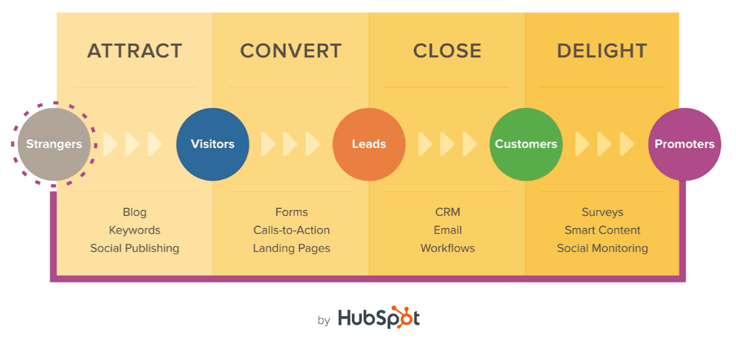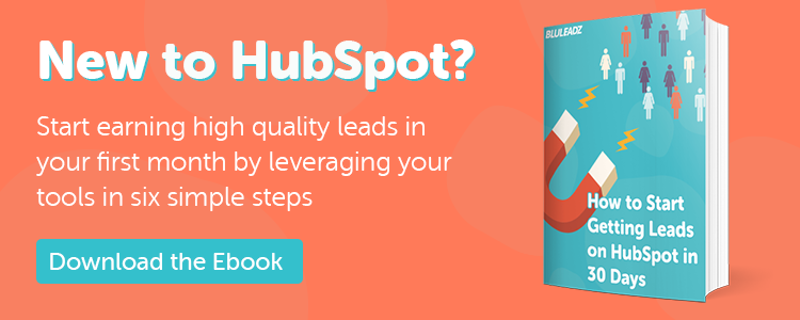You don’t know where you’re going if you don’t know where you’ve been… this remains true for your business objectives, goals and performance this year. Marketing analytics are treasure troves of data about how your marketing efforts are paying off, what’s working and what needs to be revised. That’s why effectively tracking your analytics is so important for success.
One of the analytics tools we’ll mention, first and foremost, is Google Analytics, which is free for every business and a great supplementary tool to use for marketing analysis. Luckily, there are other awesome reporting tools like HubSpot to help you as well.
HubSpot is a marketer’s greatest ally when it comes to tracking analytics, proving return-on-investment (ROI), and developing all of your marketing activities in one place. In this blog, we'll focus on how HubSpot - an invaluable marketing tool - can give you more insight into your website performance and traffic. This includes things such as:
- Visitor Tracking: someone doesn’t have to fill out a HubSpot form and become a lead for you to know where they are and what company they work for. HubSpot will send you a daily email letting you know how many visitors went to your website along with details about who they are and how many pages they looked at.
- Lead Tracking: when a visitor does fill out a form and become a lead, you’ll know what pages they’re visiting, what emails they’ve opened and what content they’ve downloaded.
- Revenue Reporting: determine which marketing assets are producing the most revenue for your company. With HubSpot, you can use any property to track and relate it back to revenue generation.
Ultimately, your success with interpreting analytics depends on what goal you’re tracking and which part of the inbound methodology it corresponds to. If you’re not familiar with this methodology, you can see it below!

HubSpot’s Campaigns Tool
One major benefit of using HubSpot to track your analytics is the campaign monitoring tool. This all-in-one tool lets you easily keep track of how your campaign is performing. How? Because it’s connected to all of your online marketing efforts associated with a specific campaign: the landing pages, calls-to-action, keywords, emails, social posts and supporting blog articles.
On every marketing asset you produce, you can tag a campaign in the ‘Settings’ tab. You should also incorporate SMART goals into every campaign you launch, and track these goals using HubSpot's provided tools.
HubSpot’s Goals Tool
Every marketing activity you do as a business should be tied to a goal. Once you’ve created a campaign and tagged all associated marketing assets with the Campaigns Tool, it’s time set goals for yourself. In HubSpot, there are three main goals tied to every campaign:

By reviewing your campaign goals regularly, you can easily track how your campaigns are performing. This gives marketers the visibility they need to understand which marketing activities are producing results and which ones need to be adjusted. Now that your campaigns are ready to go and have strategic goals attached to them, it's time to hit the ground running!


Alex Dunn
Alex is a University of South Florida mass communications graduate and Video/Media Specialist at Bluleadz. He is a big movie nerd, loves (possibly dangerous) concerts and enjoys taunting co-workers with a camera. He's probably seen The Royal Tenenbaums 14 times by now.